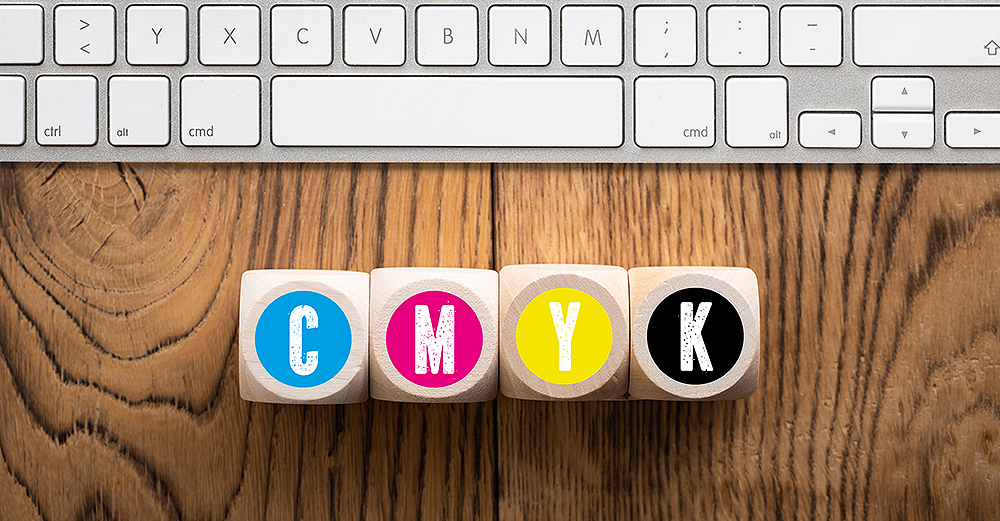- Creative Resources
- >
- Prepress Tips
Prepress Tips
When it comes to printing professionally, sending print-ready files is crucial. Use our top 12 tips below to ensure your file is ready for the press and save you both time and money.
Still Have Questions? Need additional guidance? Just reach out. We’re here to assist!

